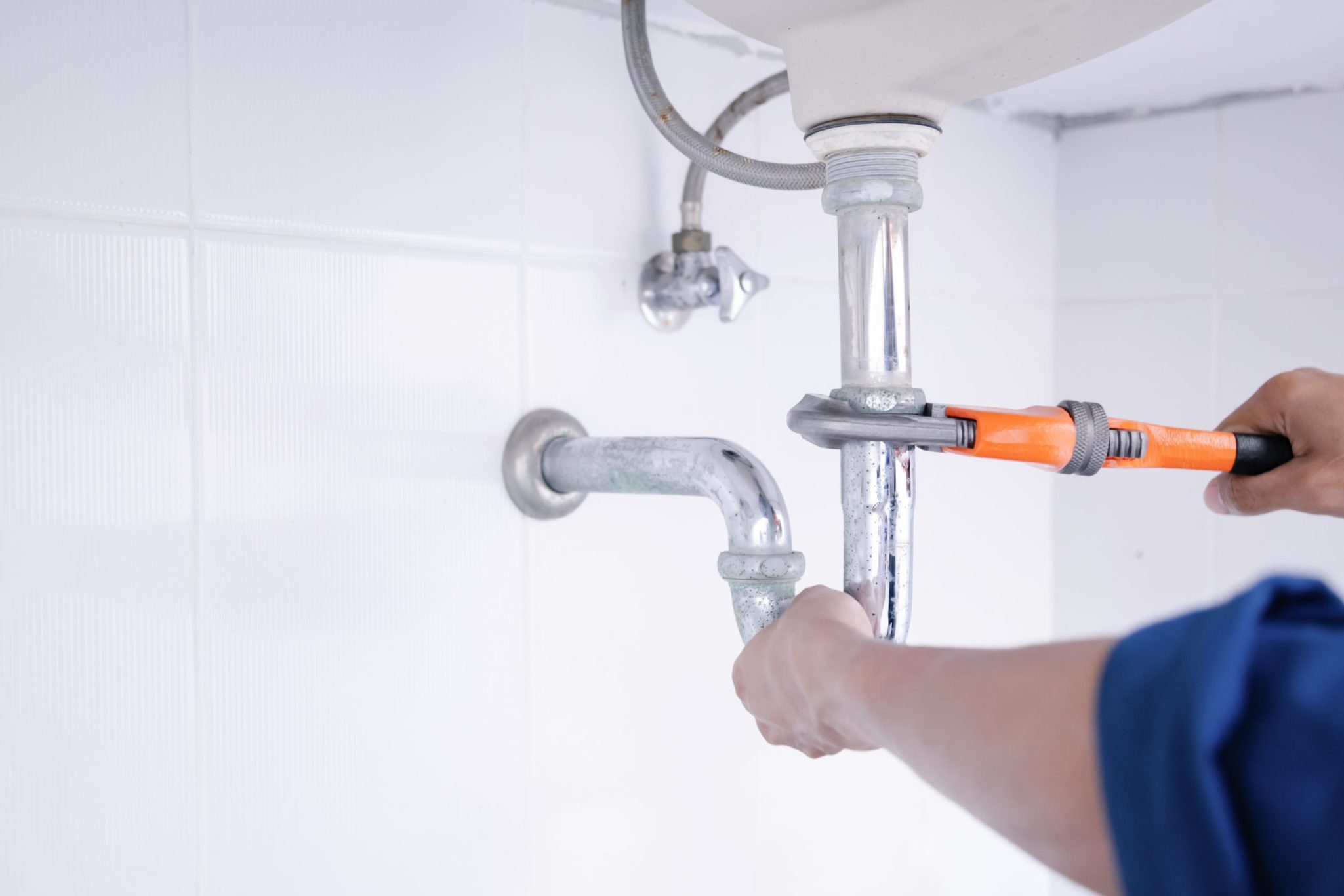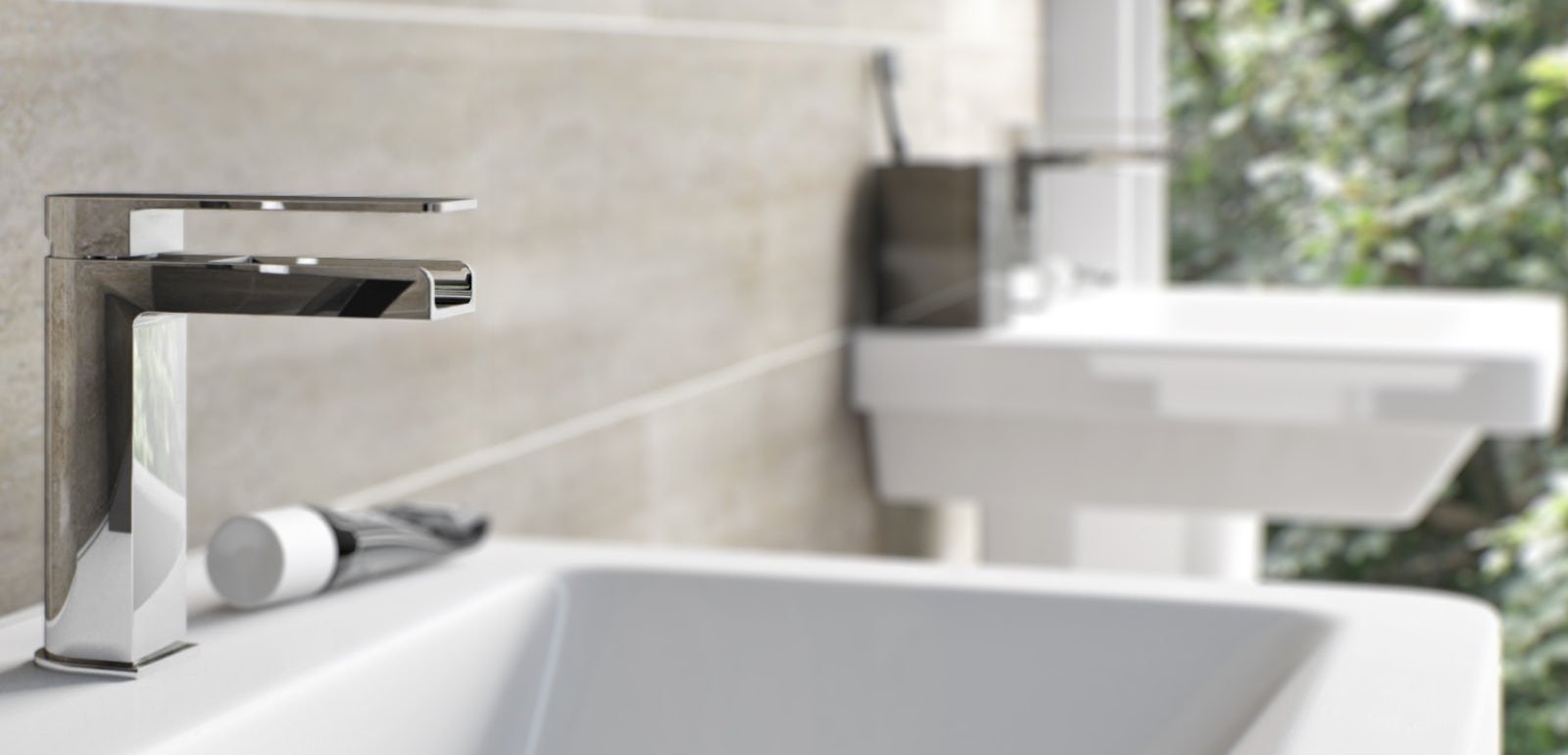Exploring the ABCs of Home Plumbing: A Beginner's Manual
Exploring the ABCs of Home Plumbing: A Beginner's Manual
Blog Article
The writer is making a few great pointers about Plumbing Basics Every Homeowner Should Know in general in this content underneath.

Plumbing is an essential facet of any home, responsible for providing clean water for drinking, food preparation, and bathing, in addition to getting rid of wastewater safely. Recognizing the essentials of home plumbing is important for every house owner to ensure appropriate maintenance, troubleshooting, and, if required, fixings. In this newbie's guide, we'll cover the fundamental concepts of home plumbing to help you become extra familiar with just how it functions.
Water Heating Unit
The water heater is accountable for home heating water for domestic usage, including showering, food preparation, and cleansing. Common types of hot water heater consist of tank-type water heaters, tankless (on-demand) hot water heater, and heat pump water heaters. The hot water heater is attached to the water system and provides warm water to plumbing fixtures as required.
Drainage System
The water drainage system removes wastewater from your home and lugs it away to a sewer therapy center or septic tank. It consists of a network of pipes, installations, and fixtures that move wastewater from plumbing fixtures to the major sewer line or sewage-disposal tank. Proper drainage is vital to protect against blockages, back-ups, and sewage leakages.
Ventilation System
The air flow system helps keep appropriate atmospheric pressure and prevent sewer gases from entering your home. Air vent pipelines, additionally referred to as air vent stacks, extend from plumbing fixtures to the roof, enabling sewage system gases to escape safely outside. Air flow pipes also permit air to enter the drain system, promoting smooth wastewater circulation and protecting against suction or vacuum results.
Water Supply System
The water system brings tidy water into your home from a local water source or a private well. It contains a primary water line that attaches to your home's plumbing system, generally located underground. A water meter determines the quantity of water consumed, while a shut-off shutoff enables you to regulate the circulation of water right into your home.
Plumbing Components
Plumbing fixtures are tools that deliver water to different parts of your home and consist of sinks, taps, toilets, showers, tubs, and devices such as dishwashing machines and cleaning makers. Each component is linked to the water system system using pipes and installations and may have its shut-off valve for maintenance or emergencies.
Typical Plumbing Tools
Having the right tools accessible is essential for doing fundamental plumbing repair services and upkeep tasks. Typical plumbing devices include adjustable wrenches, pipe wrenches, pliers, pipe cutters, hacksaws, plungers, augers (or drain serpents), and Teflon tape. Having these devices conveniently offered can help you deal with minor plumbing issues effectively.
Basic Plumbing Repairs
While some plumbing fixings might call for professional assistance, numerous common problems can be resolved with fundamental DIY techniques. Learning how to deal with a leaking tap, unclog a drain, change a toilet flapper, or fix a trickling showerhead can save you time and money on plumbing fixings.
Verdict
Comprehending the essentials of home plumbing is necessary for every single property owner to preserve a safe, useful, and efficient plumbing system. By acquainting on your own with the water system, plumbing components, drainage system, ventilation system, usual plumbing devices, and fundamental repair work, you can with confidence address small plumbing issues and ensure your home's plumbing system runs smoothly.
Plumbing for Beginners: A Comprehensive Guide
If you’re a beginner when it comes to plumbing, don’t worry; you’re not alone. Plumbing may seem intimidating, but with the right knowledge and a little practice, you can handle many common plumbing issues on your own. In this comprehensive guide, we will demystify the world of plumbing for beginners, providing you with the basic knowledge and skills needed to tackle common plumbing problems and even take on some DIY plumbing projects.
The Importance of Basic Plumbing Knowledge for Beginners:
First and foremost, basic plumbing knowledge gives you a solid foundation. It helps you grasp the key concepts and terminology that are essential in this field. By learning the basics, you’ll be able to build upon that knowledge and tackle more complex plumbing tasks in the future.
Having a basic understanding of plumbing also enables you to handle common issues that may arise in your home. Picture this: a leaky faucet or a clogged drain. With some basic plumbing knowledge, you’ll have the confidence to troubleshoot and fix these problems on your own. It saves you from unnecessary expenses and the hassle of waiting for a professional to arrive.
As a beginner, learning the basics of plumbing empowers you to take care of your own home. It gives you a sense of independence and self-reliance. You’ll no longer have to rely solely on professionals for every small issue that pops up. Instead, you can handle many tasks yourself, saving time and money in the process.
Remember, everyone starts as a beginner. Embrace the learning process and take small steps to expand your plumbing knowledge. There are plenty of online resources, tutorials, and even local workshops that talk about plumbing for beginners.
Essential Tools for Plumbing for Beginners
As you start your plumbing journey, having the right tools in your toolbox is crucial. Let’s explore some of the must-have tools:
Adjustable Wrench:
This versatile tool is a staple in any plumber’s toolbox. It allows you to tighten or loosen nuts and bolts of various sizes. Make sure to have an adjustable wrench with a comfortable grip.
Pipe Wrench:
A pipe wrench is specifically designed for gripping and turning pipes. It has serrated jaws that provide a strong grip, making it easier to loosen or tighten threaded pipes and fittings.
Plunger:
The plunger is a simple yet effective tool for clearing clogged drains and toilets. It creates suction when you push and pull, helping to dislodge blockages. Keep a good-quality plunger handy for those unexpected clogs.
Pipe Cutter:
When it comes to cutting pipes, a pipe cutter is your go-to tool. It creates clean, precise cuts without damaging the pipe. Look for a pipe cutter that can handle the pipe sizes you’re working with.
Hacksaw:
A hacksaw is useful for cutting through pipes, screws, and other materials. It’s a versatile tool that can handle different cutting tasks. Remember to use a blade suitable for cutting metal.
Tape Measure:
Accurate measurements are crucial in plumbing. A tape measure allows you to measure pipe lengths, distances, and dimensions accurately. Opt for a sturdy tape measure that extends a good length.
Pliers:
Pliers come in handy for various tasks, such as gripping, bending, and cutting. Slip-joint pliers with adjustable jaws are great for gripping pipes, nuts, and bolts.

Do you really like reading about Plumbing basics: How your home plumbing works? Write a short review down below. We'd be delighted to see your thinking about this article. Hoping that you visit us again soon. So long as you enjoyed our post plz make sure you remember to share it. Thank-you for taking the time to read it.
This Website Report this page